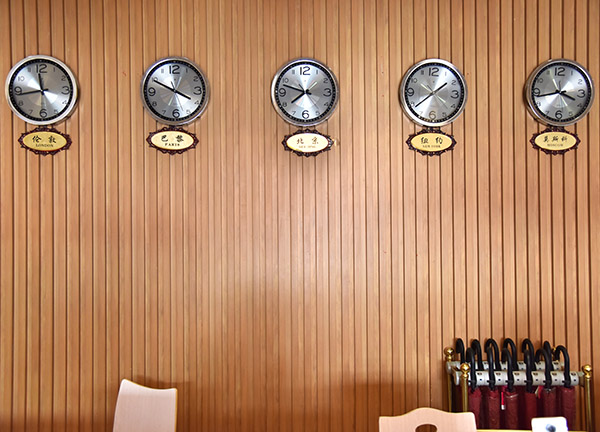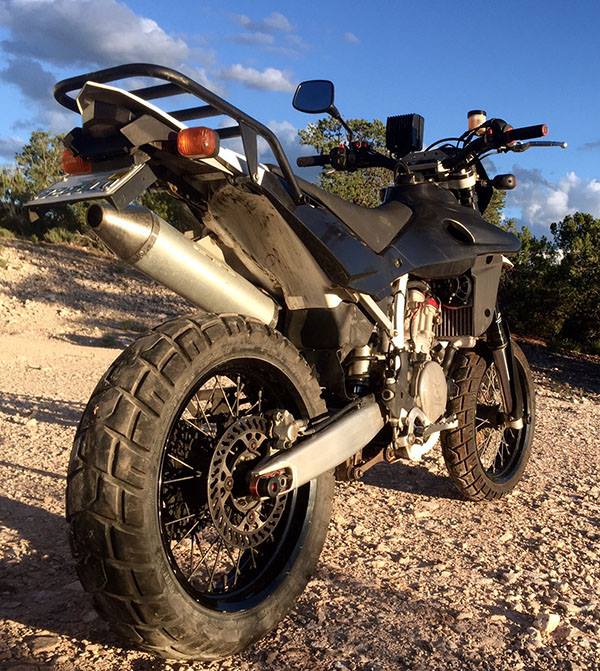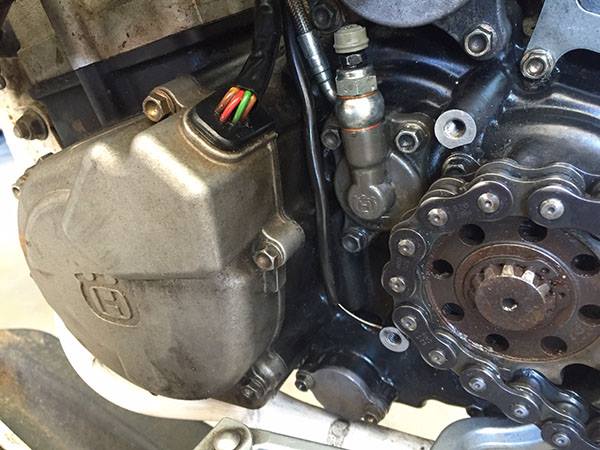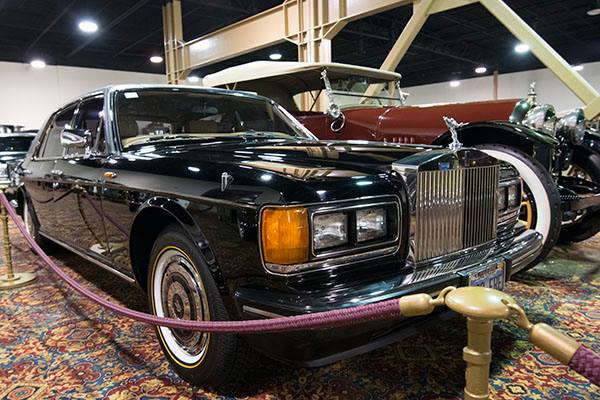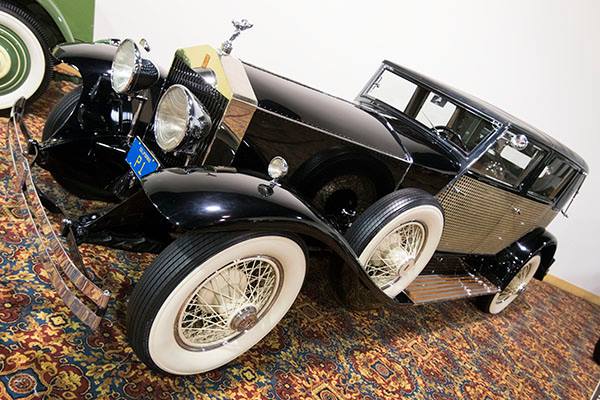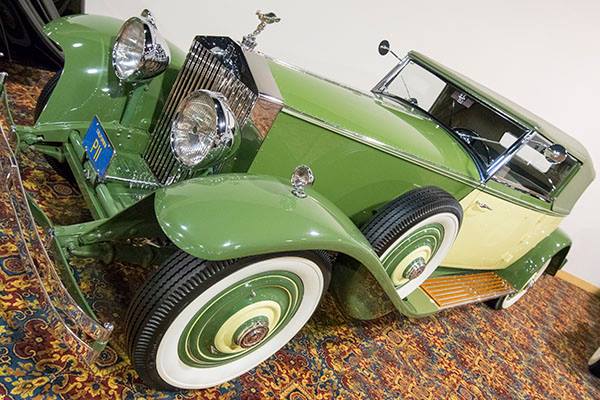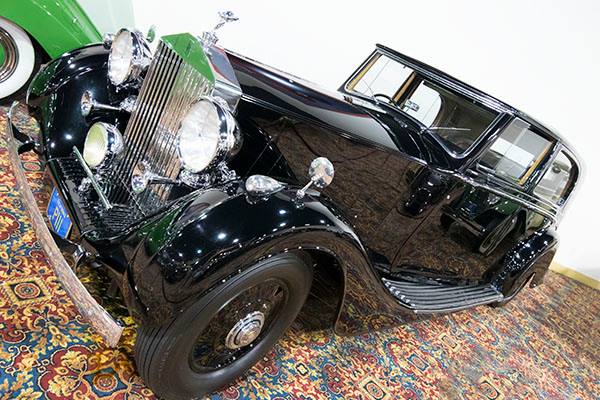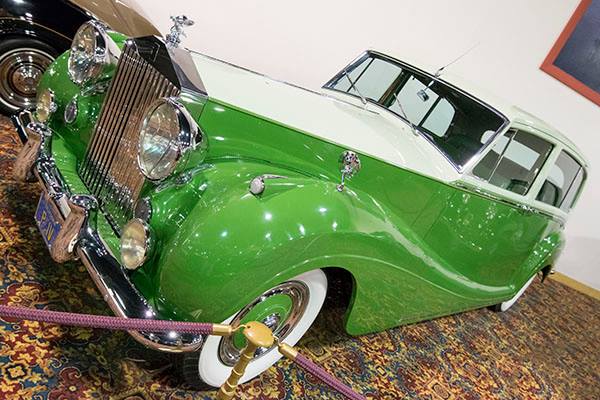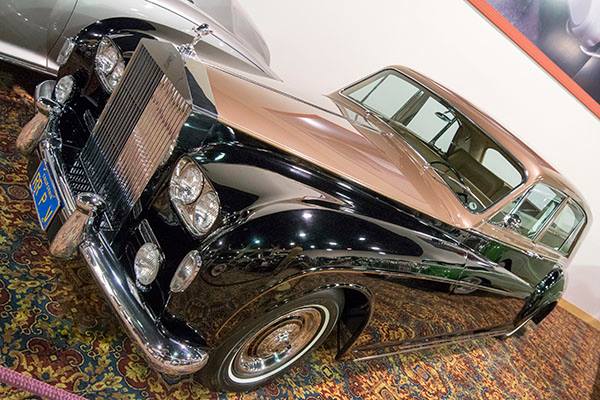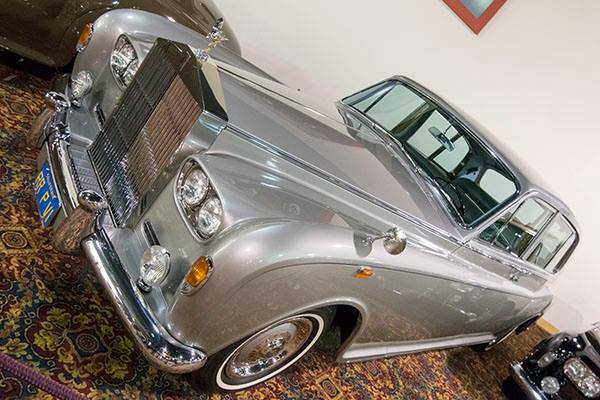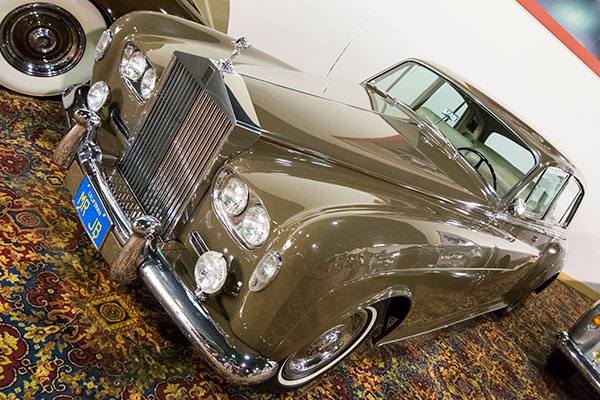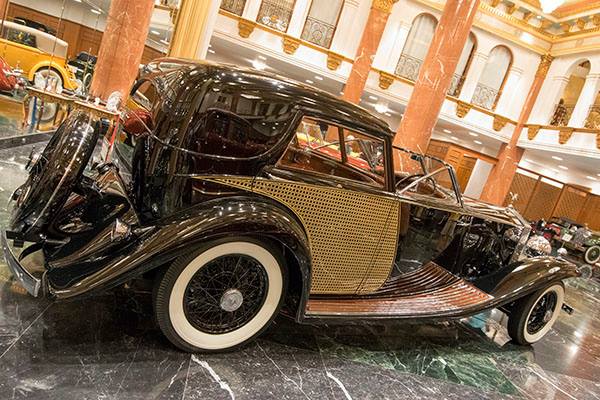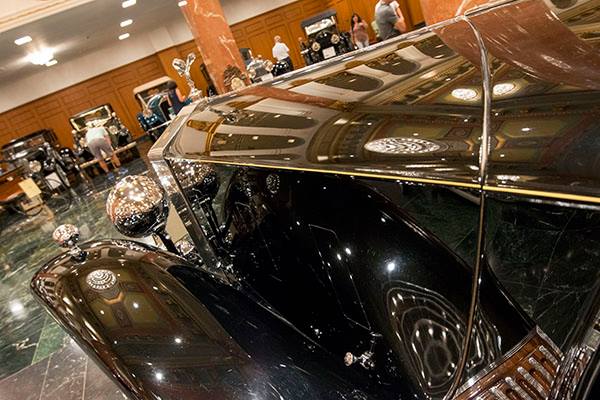By Joe Berk
The pocketknife craze continues unabated, and I am finding that in my collecting I am stabilizing around the idea of the large folding hunter style knife. These are commonly referred to as a Buck knife, even though many similar available knives are not manufactured by Buck.

Don’t get the word Buck confused with deer hunting, as if someone armed with a Buck knife is going to chase down Bambi for a knife fight. The “Buck” in Buck Knife is actually the name of the man who founded the company, and that company is in Post Falls, Idaho (a stone’s throw from the Canadian border). I know that because I recently chatted with a guy there.
What most of us think of when we think of a Buck knife is the Buck 110, the classic folding hunter knife style. The idea Buck had back in the early 1960s was to create a folding knife (like a pocketknife) that could do the same thing as a fixed blade hunting knife. Buck envisioned a folder with a thicker 3.75-inch-long blade that locked securely in place when opened. The concept was that it would be able to do things a hunting knife could do (like skin and dress game animals). The Buck 110 style (the large folding hunter) has been widely copied and the term “Buck knife” is often used describe any large folding knife (like Kleenex is used for tissues and Xerox means making a copy).
I like the Buck 110 a lot and I’ve written about my custom Buck before, so when I recently saw an ad for an “automatic” Buck 110, I was hooked. An automatic knife is what we used to call a switchblade. You know, like in West Side Story. That would be cool. I liked that movie and I always wanted a switchblade. The automatic Buck 110 would scratch that itch. When I received an email from Chicago Knife Works offering the Buck 110 automatic for a measly $153, I was in.
A week later my switchblade arrived. I wasn’t happy with it. The bolster cutouts around the blade lock had tool marks. They weren’t mirror polished like they are on my other Bucks. It bothered me, so I called Buck Knife’s customer service.
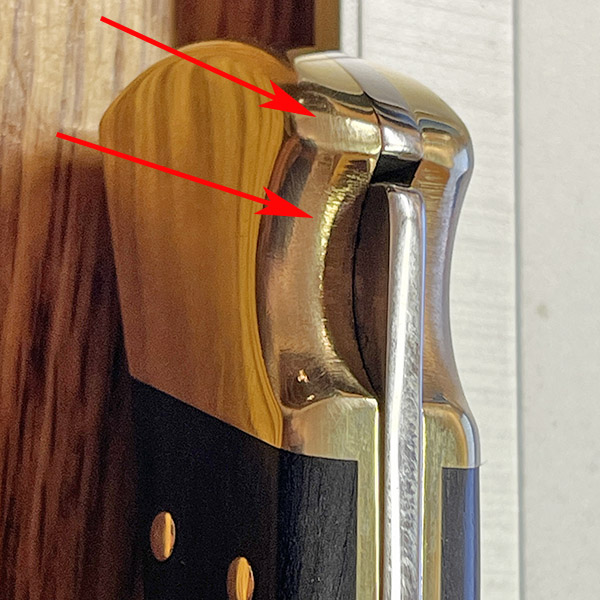
The guy I spoke to at Buck knew exactly what I was talking about. Buck changed their manufacturing process to remove cost and that’s why the tool marks were there (evidently, I wasn’t the first guy to call with this concern). I get it. I’m a guy who spent a career finding ways to reduce manufacturing costs in products ranging from bombs to biomedical devices, so I understood. But there was still this nagging problem: I spent $153 on the Buck and I wasn’t happy. The Buck guy understood that completely without my being a dick about it. “Send it back in to us,” he said, “and I’ll get it polished out.” They’re going to engrave my initials on the blade, too. That’s cool. A personalized switchblade. I felt even better when I went on the Chicago Knife website later that day and learned they had bumped the price of the knife I just bought from $153 to $199. Wow. It’s those Idaho tariffs, I guess.
The fact that I like pocketknives is out there now. Siri has been listening and I’ve been on a lot of knife websites. I get emails every day from companies selling knives.
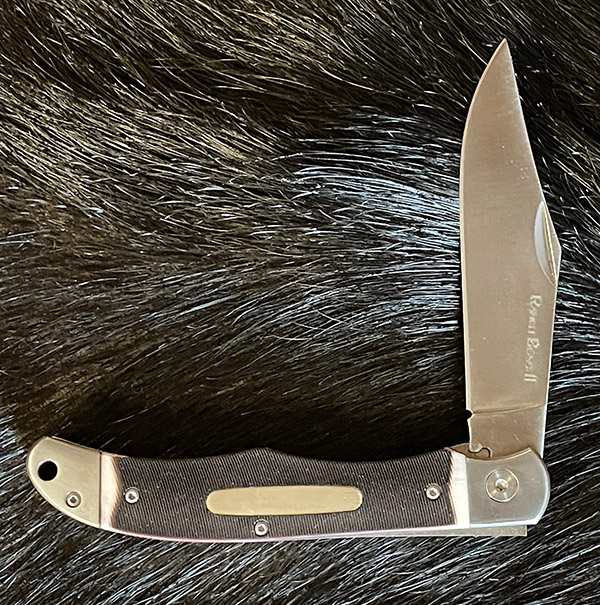
One of the emails that caught my attention was from good buddy Jeff Bezos. It was for a Cold Steel Ranch Boss II that looked a lot like a Buck. I guess I missed the Ranch Boss I (I came to the pocketknife craze late in life). The Ranch Boss. I like the name. I especially like the price: $39. Cold Steel. I like that name, too. There is a unit in the US Army (Charlie Company, 1st Battalion, 6th Infantry Regiment) called Cold Steel Charlie, so named for their heroism and lethality. The marketing guys at Cold Steel ought to get a raise for that bit of branding genius. It sure worked its magic on me.
Amazon didn’t try to hide that the Cold Steel Ranch Boss II is manufactured in China. That didn’t bother me. I know from my CSC days and my many visits to Zongshen, Zebra, and other Chinese companies that there are companies in China making good products. The Ranch Boss. It has a John Wayne vibe. I could be a Ranch Boss. The Marlboro Man theme song played in my head. Ranch Boss. Yep, that’s me.
In the email and on Amazon, the Ranch Boss looked like a big, heavy folding hunter. $39. Complete with holster. Man, $39. That’s a sandwich with a beer these days. Buy now, and I could have it the next day. Yeah, it’s Chinese, and a real Buck is made in Idaho, but hey: $39. Buy now, Baby!
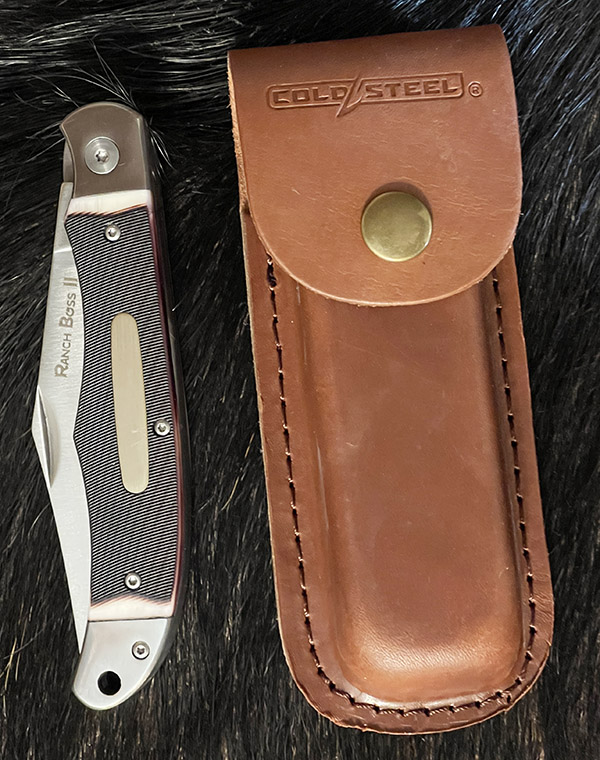
My Cold Steel Ranch Boss folding hunter was on my doorstep when Susie and I returned after our Jameson Motorcycle Museum 800-mile weekend. That’s one the porch pirates missed.
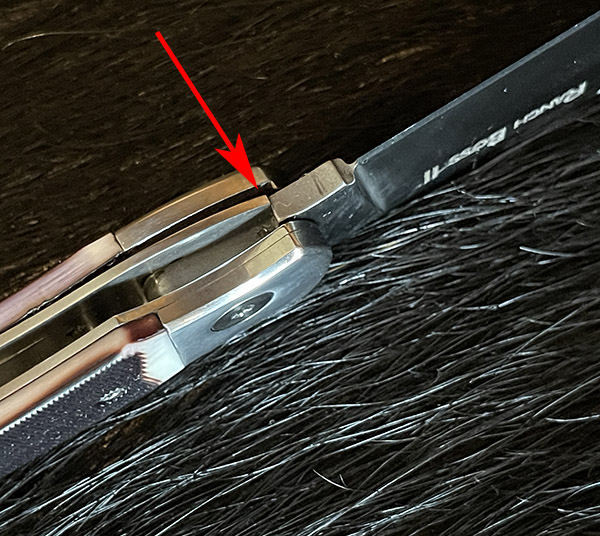
You know, the Ranch Boss is a nice knife. It looks and feels good. It’s actually slightly larger than the Buck 110. It uses a liner lock instead of the Buck 110 lock design. The thing is sharp, as in razor sharp. I like the looks of it.
The finish on both the Buck and the Ranch Boss is brushed stainless steel. I like that look. The Buck has polished brass bolsters; the Ranch Boss bolsters are the same brushed stainless steel as the rest of the knife.
The Buck 110 scales are real ebony wood. They are riveted in place with brass rivets. The Ranch Boss scales are fake sawn bone. I imagine there’s a single supplier providing this material to several knife makers. I recently picked up an ultra-inexpensive pair of Old Timer Chinese-manufactured pocketknives at (where else?) Walmart. They were only $25, and the scales on those two knives look identical to those on the Ranch Boss.
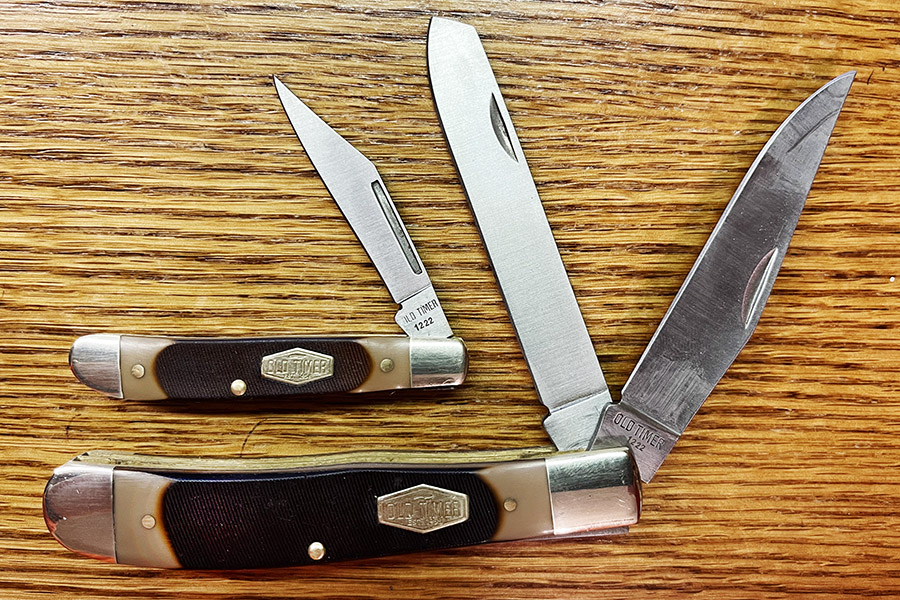
I like that the Ranch Boss scales are secured with little Allen bolts instead of rivets. If I want to craft a set of custom scales of maple or walnut to match one of my six shooters, it will be easier to do than on the Buck. A real Ranch Boss has to be properly attired, you know.
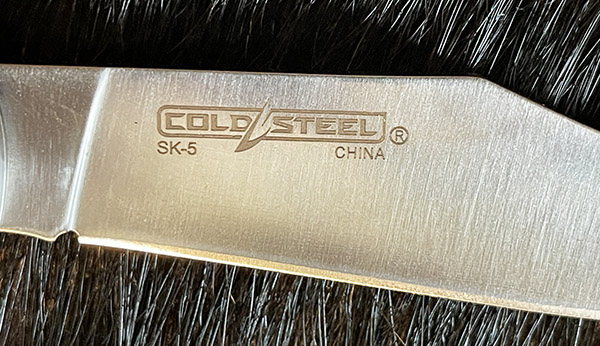
Buck’s standard blade material is 420HC, a tough, corrosion resistant steel that takes a good edge and is easy to sharpen. The Ranch Boss knife blade is SK-5 steel, a Japanese steel that is well suited (or so I’ve read) for knife blades. It has good durability and abrasion resistance, and is generally corrosion resistant. The SK in the designation stands for steel kougu, which translates from the Japanese to “tool steel.” For my purposes, the differences in steels between the Ranch Boss and the Buck are moot. I just like looking at the things.
Both the Buck 110 and the Ranch Boss are big knives, with the Ranch Boss being a bit larger than the Buck. These are not really knives you carry around in your pocket. They’re cool.
The bottom line here is that I like both knives. The Cold Steel Ranch Boss II, at $39, is a lot of knife for not a lot of money. The quality of the Ranch Boss is better, in my opinion, than the Buck. But Buck is standing behind their product. I’m eager to see what my Buck 110 Automatic looks like when it is returned from the factory. I’ll let you know.
Join our Facebook ExNotes page!
Never miss an ExNotes blog:

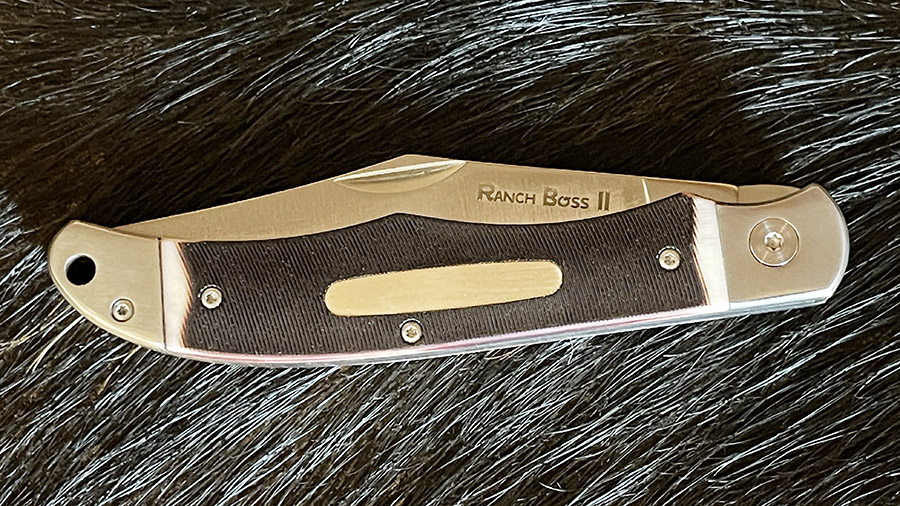




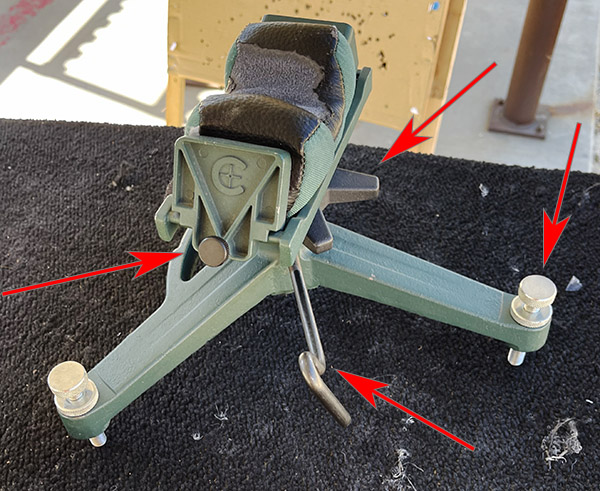
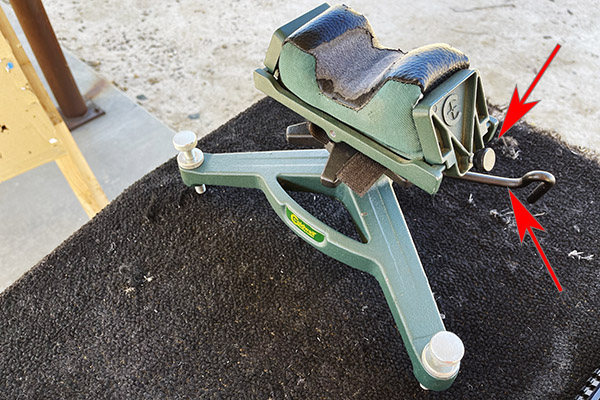
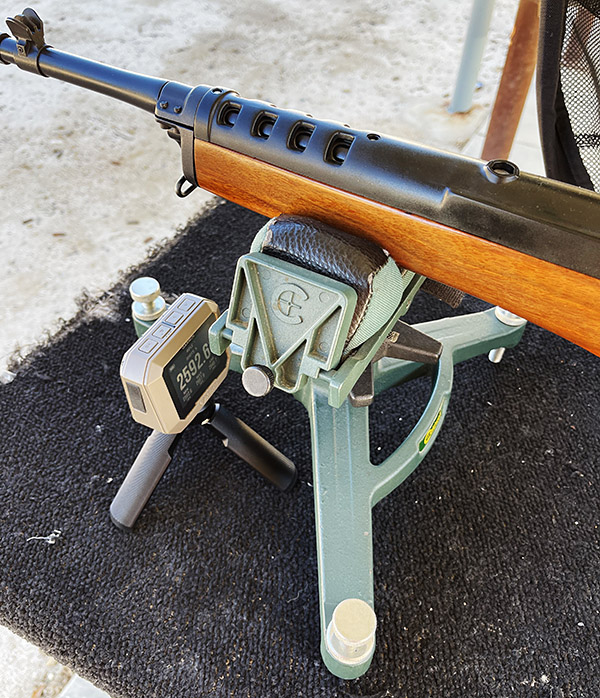
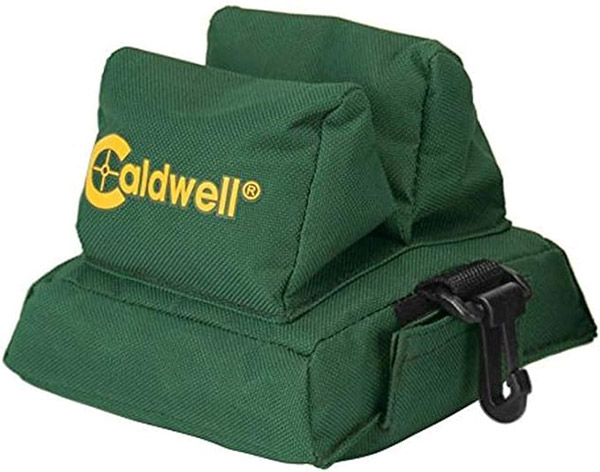




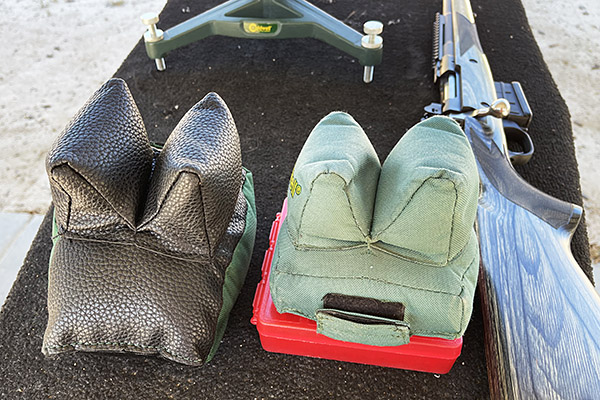

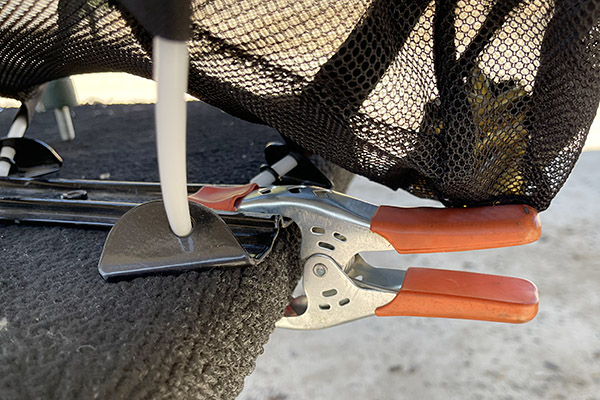
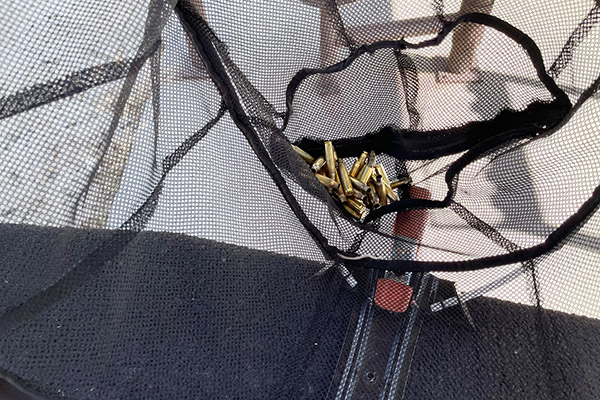














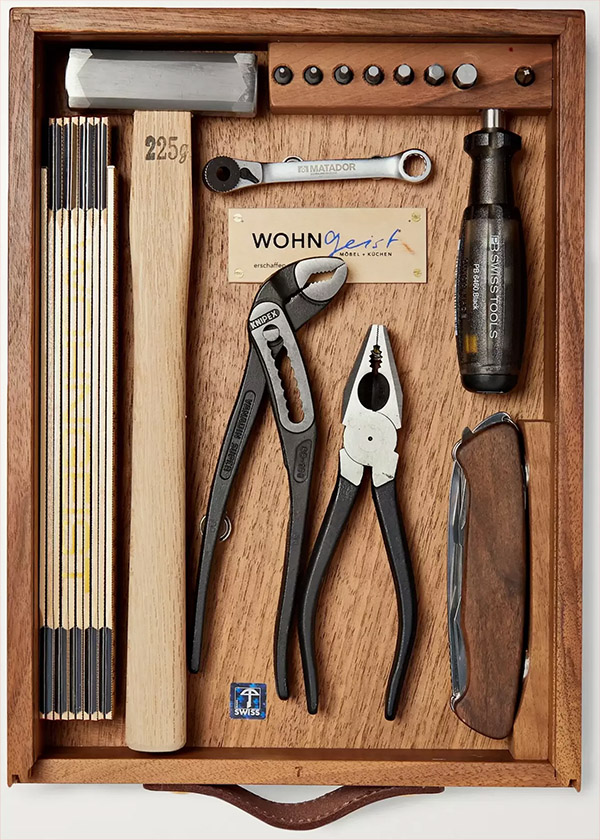
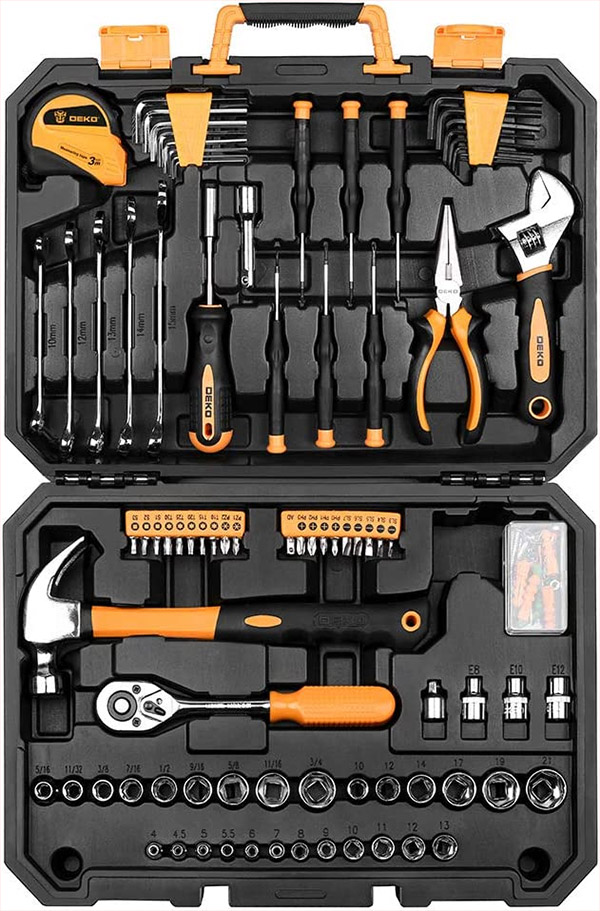
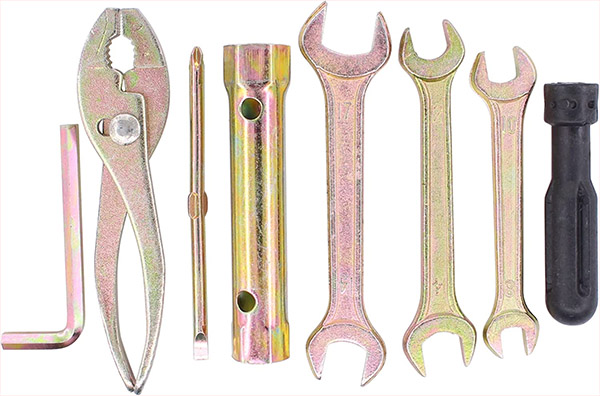




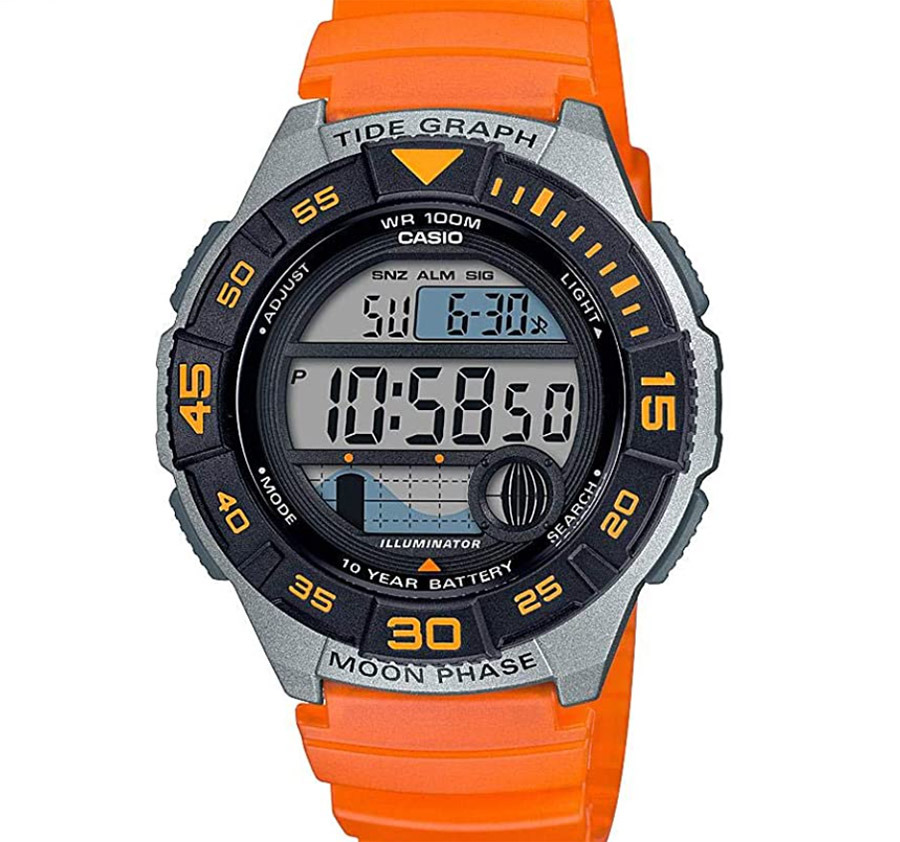


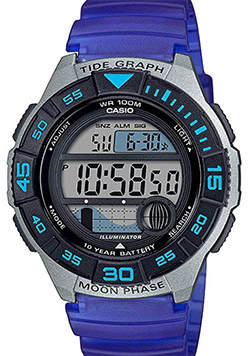 There are just so many things that are cool about this
There are just so many things that are cool about this 